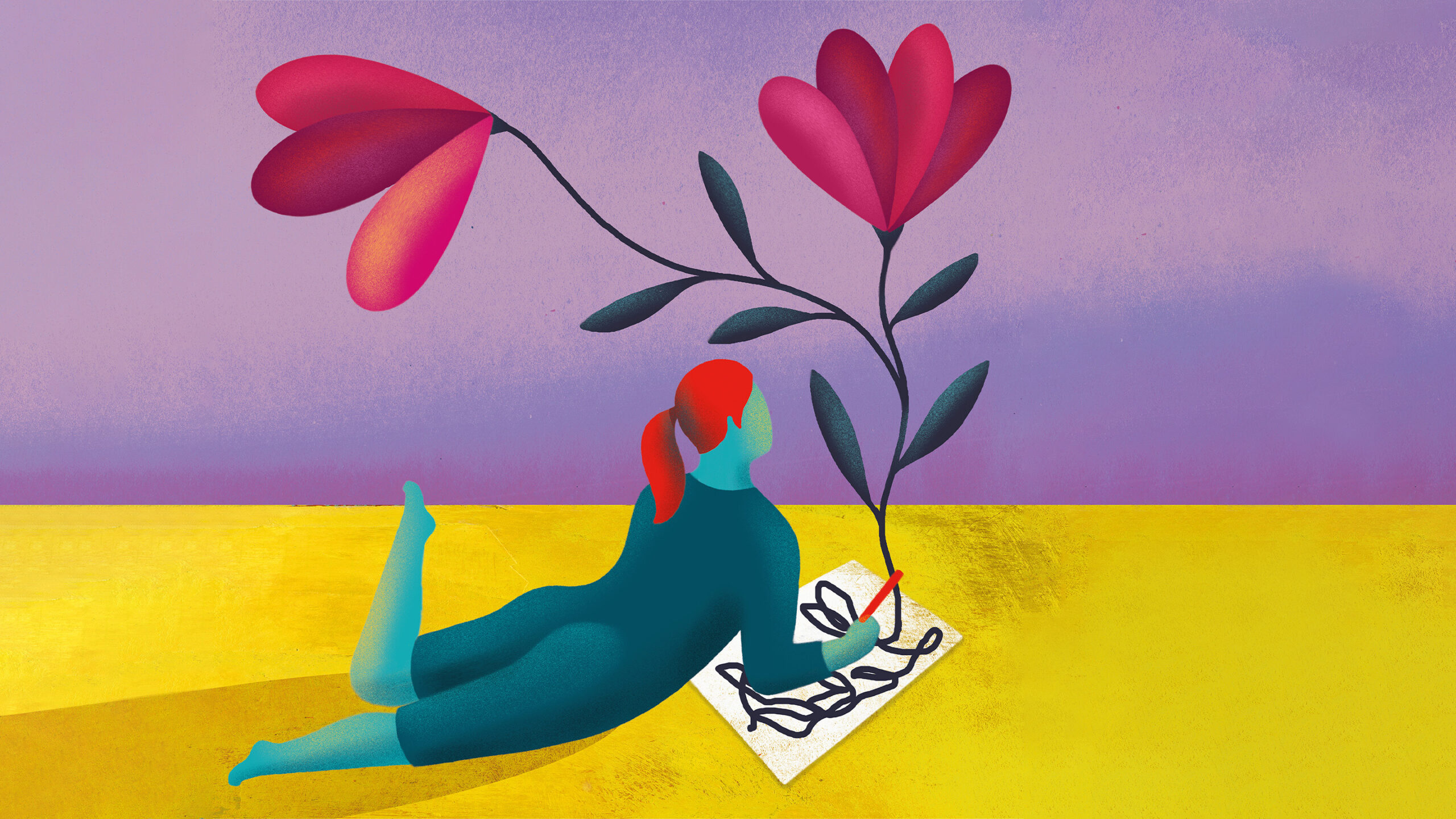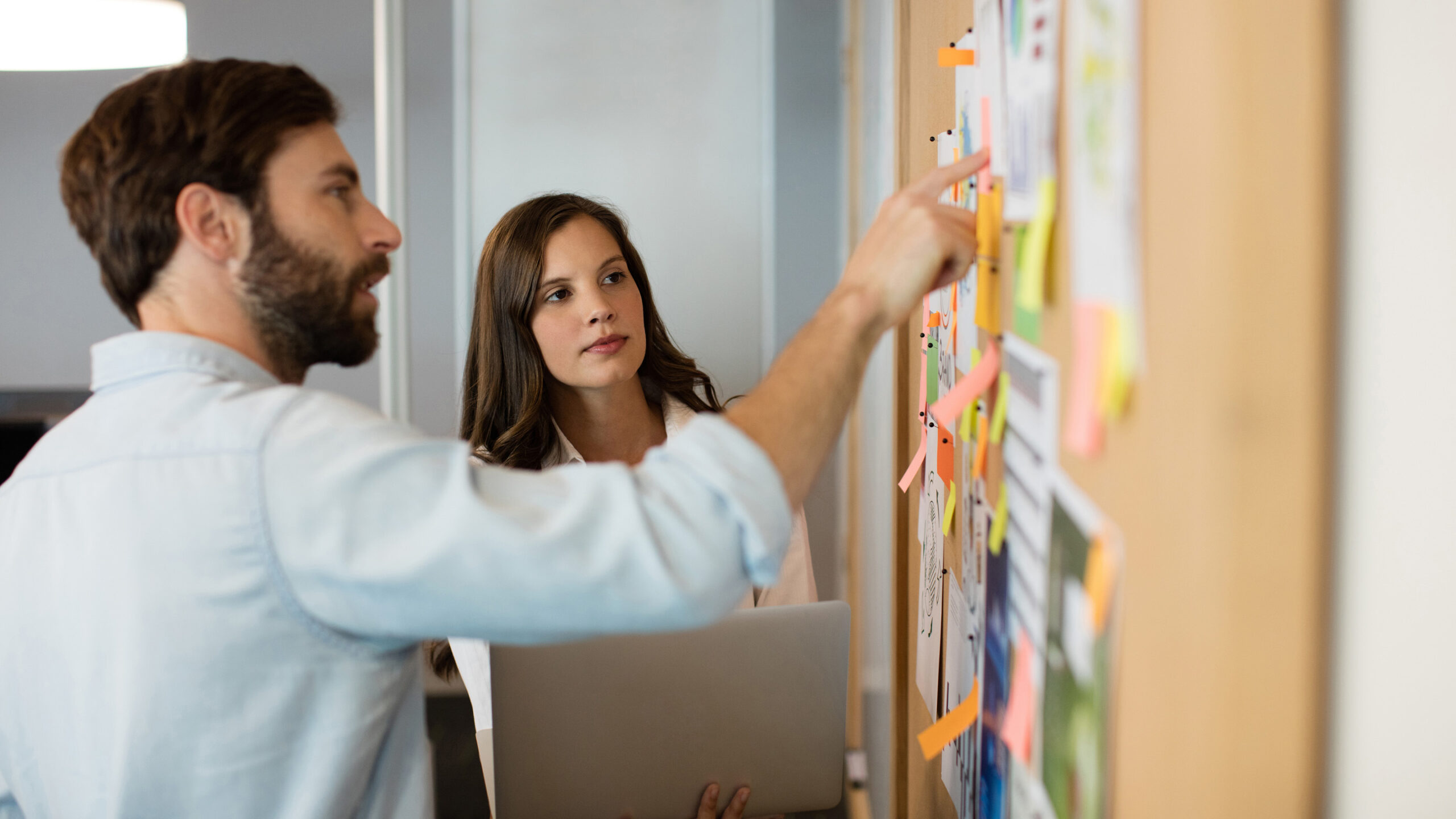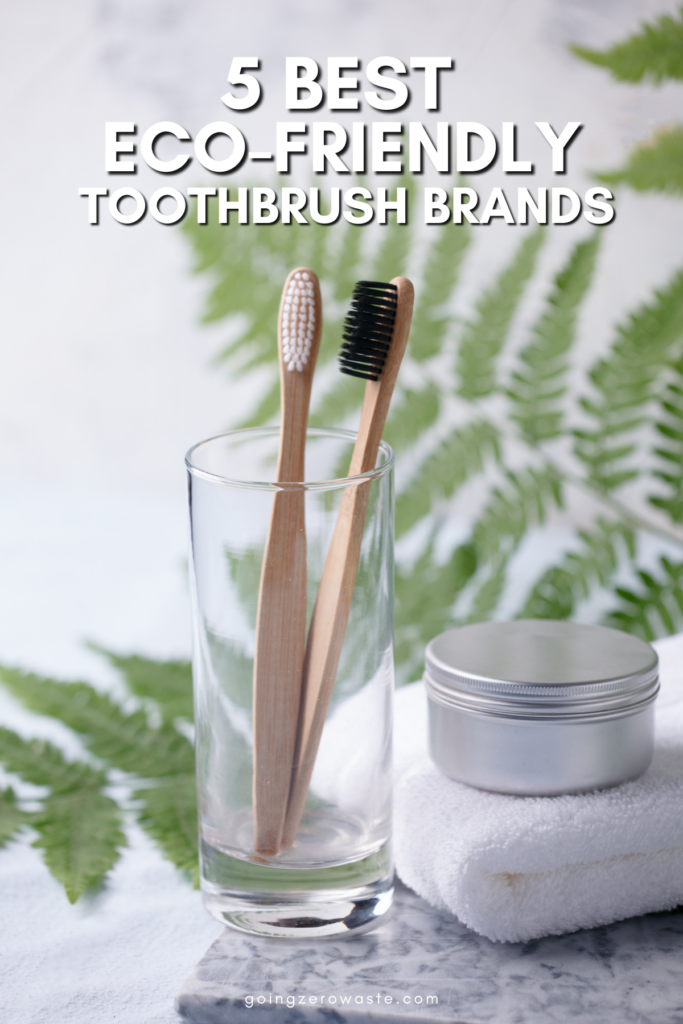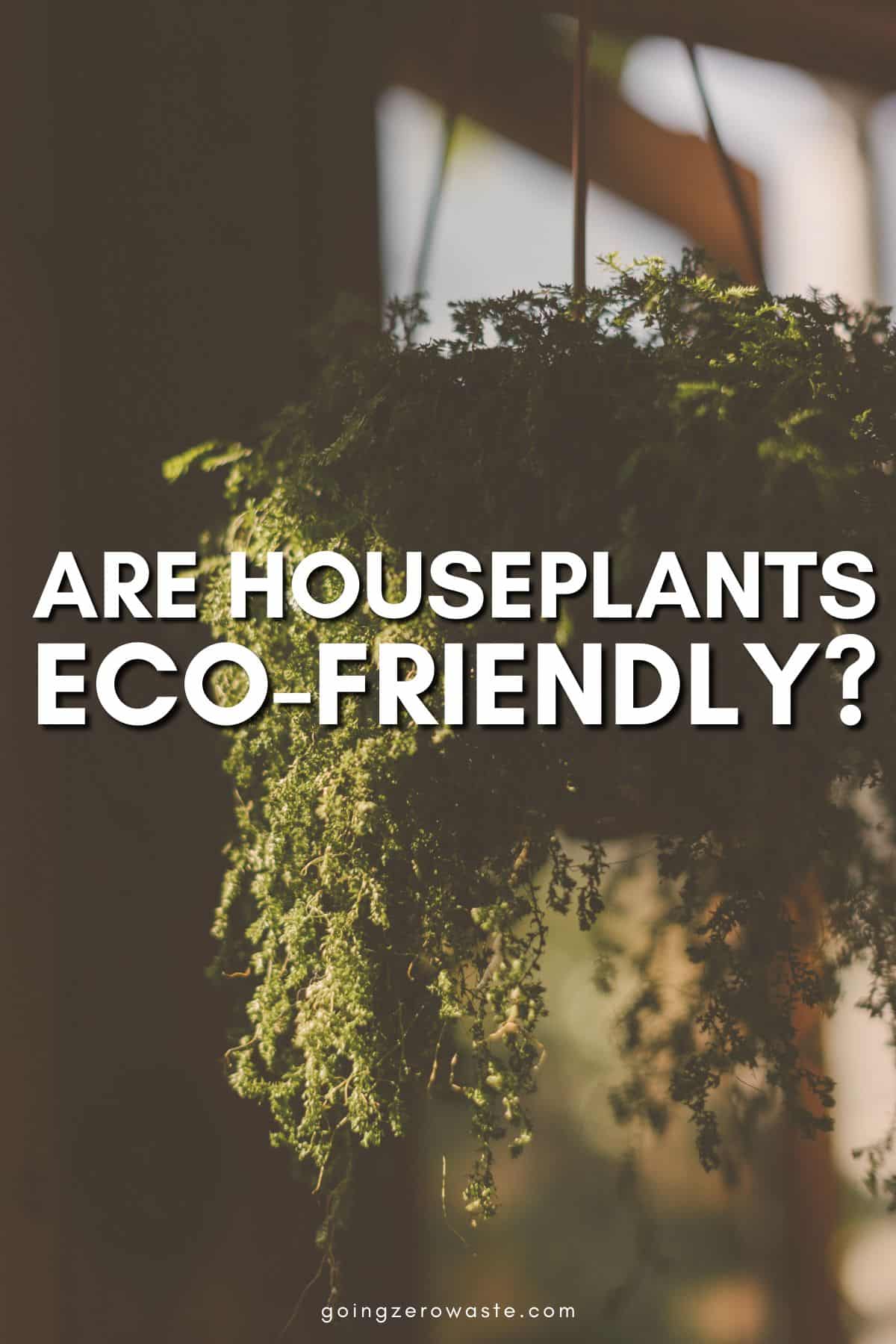[ad_1]
Closing Up to date on Would possibly 9, 2024
I really like houseplants: They might actually open up a room and are such an environment friendly choice to fill an house. I at the moment have a fairly Cash Tree plant that’s pet-friendly and provides the proper pop of inexperienced to my desk house.
I’m not alone: The houseplant enterprise is booming. In 2019 a survey revealed U.S. houseplant product gross sales elevated by 50% to $1.7 billion in three years’ time and that pattern has snowballed since then.
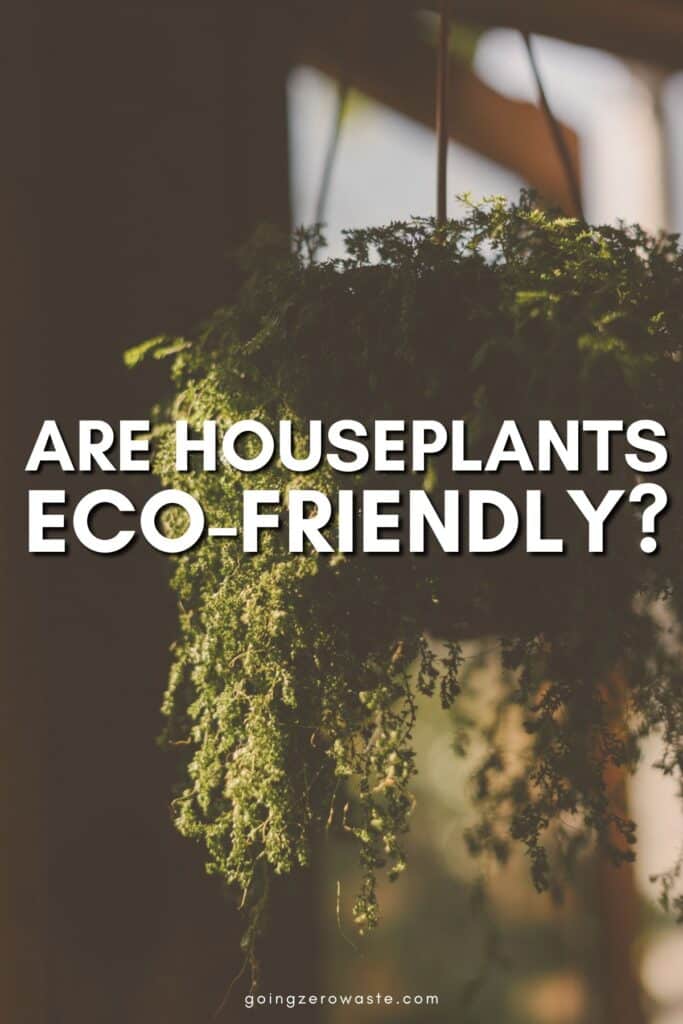

Nonetheless is that this horticultural curiosity eco-friendly? That is dependent upon one of the simplest ways you get your plant infants, and one of the simplest ways/the place they have been grown.
Paradoxically, inexperienced indoor areas can come at a value to the ambiance.
Like every issue else we purchase, houseplants even have an environmental impression. There are a number of parts to ponder, very similar to “plant miles”, plastic waste and peat moss harvesting.
Correct proper right here’s what you might want to know regarding the plant enterprise’s environmental footprint, in case your plant obsession is contributing to it, and what you can do about it.
environmental impacts of houseplants
Vegetation can also be inexperienced, nonetheless that doesn’t mechanically make them eco-friendly.
There are a number of environmental impacts of houseplants to ponder. Listed under are just a few that we’ll be diving into:
- Plant miles: How far did your plant journey to get to you?
- Plastic waste: Plastic pots are the first container used to deal with vegetation.
- Peat moss harvesting: Peat moss, an ingredient in most potting mixes, is being overharvested.
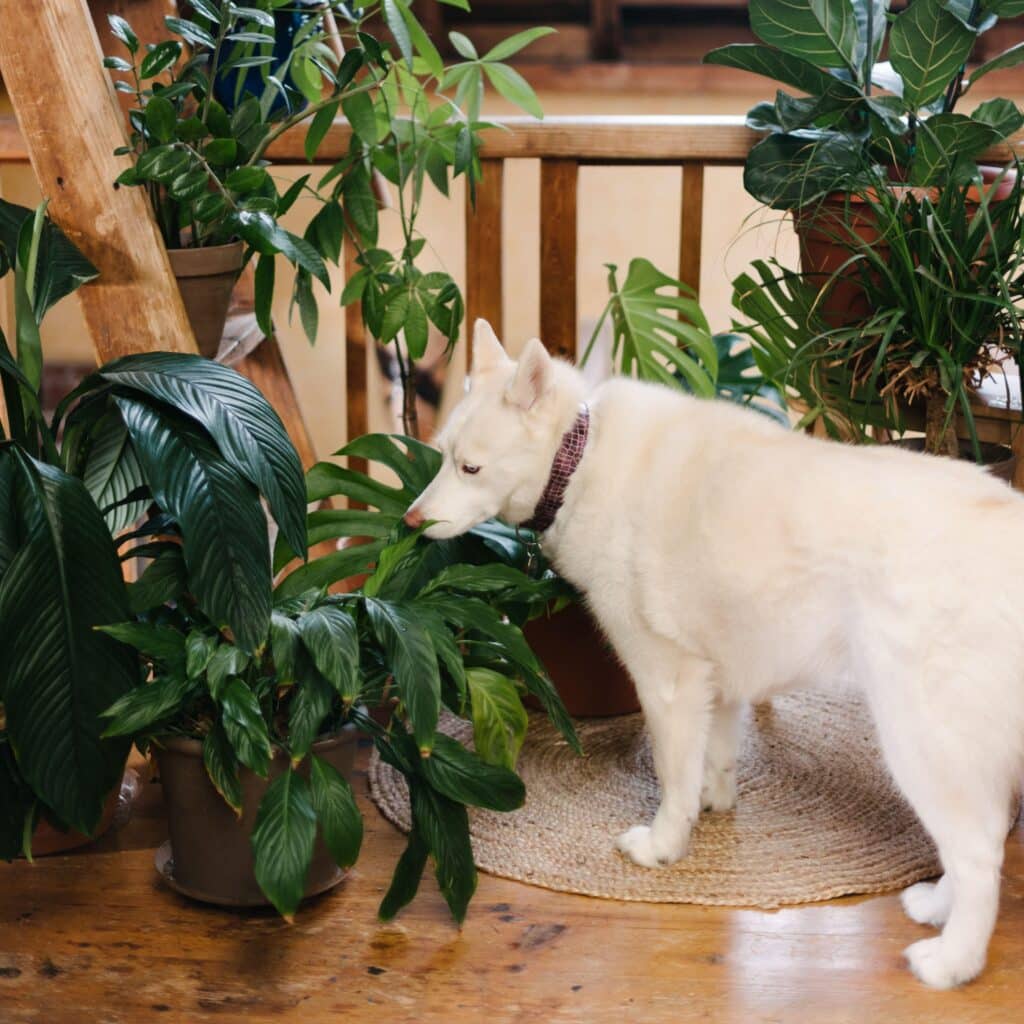

plant miles
Lots of the houseplants we love come from tropical or subtropical environments. That’s an unlimited perform they thrive indoors on account of they want persistently heat temperatures.
Most houseplants are imported from abroad and journey a whole bunch of miles ahead of coming into into our properties. The Swiss Cheese plant is only one event: It hails from Panama and southern Mexico.
Transporting vegetation over extended distances, whether or not or not or not by airplane, boat or truck generates varied carbon emissions. That is commonly known as “plant miles,” aka the complete distance houseplants journey to get to you.
Nonetheless, plant miles aren’t the one drawback: It’s how they’re harvested that furthermore factors. Plant poaching is an exact risk as a result of rising curiosity in uncommon vegetation and one of the simplest ways a lot they fetch on the black market.
For instance, the World Heritage Web page is the world’s most biodiverse desert. Increased than 3,000 plant species exist in a comparatively small home. Loads of them are prized succulents that fetch excessive costs on the black market.
Only a few of these species maintain in an home smaller than a soccer house, so will most likely be fairly easy for a poacher to render the species extinct in a single morning.
For that trigger, it’s so essential the plant enterprise turns into additional clear regarding the place they’re sourcing their vegetation.
what about houseplants grown in greenhouses?
One potential resolution to fight plant poaching is to develop houseplants in a greenhouse. Nonetheless, that is an imperfect resolution, as greenhouses are massive vitality suckers seemingly powered by fossil fuels.
Greenhouses are geared up with lighting and high-tech irrigation methods that require varied vitality to keep up up, notably for fickle houseplants that want a sure amount of heat, daylight, and water.
Whereas greenhouses actually lower down on plant miles, and guarantee there’s no plant poaching, they’d be far more sustainable inside the event that they ran on renewable vitality. Sadly, many don’t, or should not clear regarding the place they’re sourcing their vitality from.
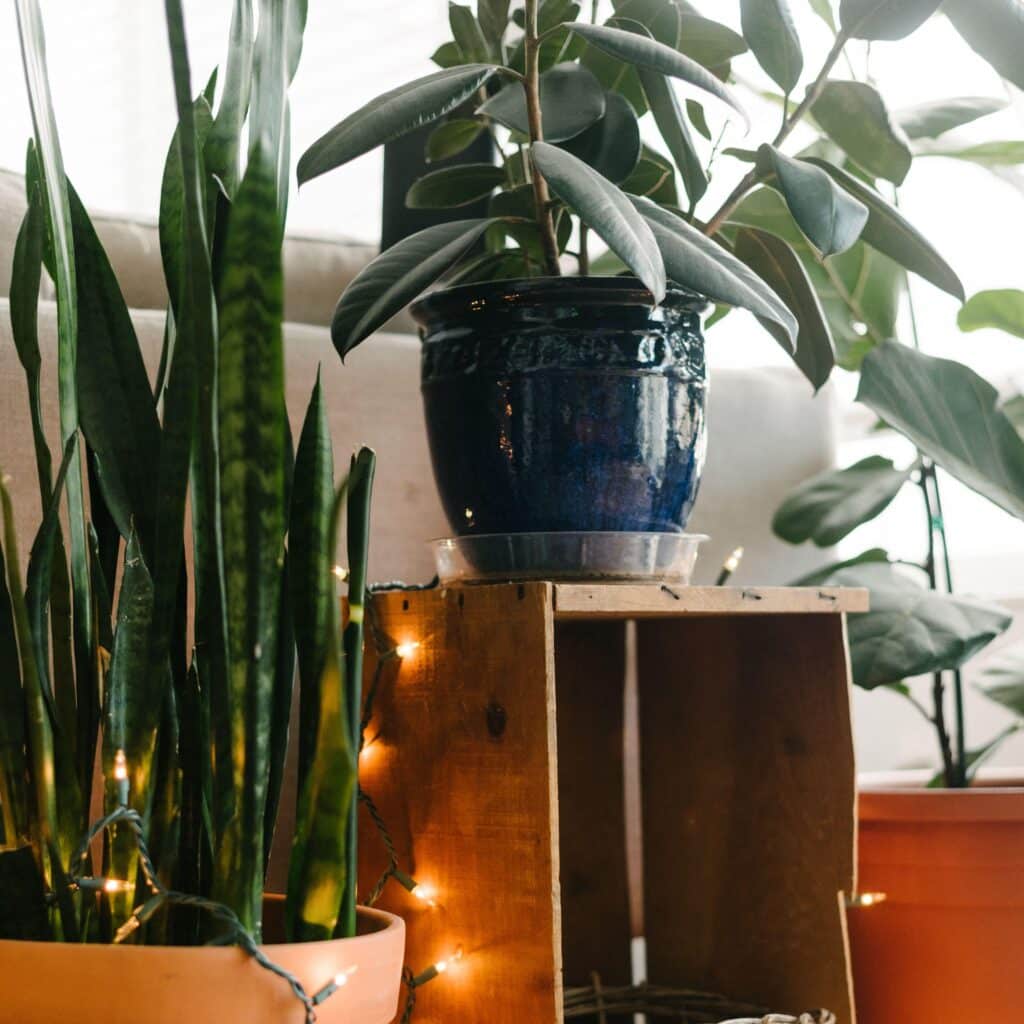

plastic waste
Plastic pots are the primary container used to deal with most indoor vegetation. Nonetheless, most houseplant pots are comprised of polypropylene (plastic #5) which isn’t extensively accepted by curbside recycling suppliers. Altogether, only one% of plastic #5 will get recycled contained in the US.
Which implies within the occasion you wish to swap your houseplant correct proper into an extra trendy container, the plastic pot it acquired proper right here in will seemingly find yourself contained in the trash. In actuality, in accordance with Marie Chieppo, Principal at EcoPlants Plans, 95 to 98% of all plastic plant pots find yourself in landfills.
That is often an enormous drawback for the ambiance, contemplating plastic’s life cycle is carbon intensive from starting to finish.
Plastic is a non-renewable useful helpful useful resource that’s comprised of crude oil, which is extracted from the earth by fracking. It’s then manufactured into plastic in a fossil-fuel powered manufacturing unit that makes use of varied vitality and water.
Regular, solely 5-6% of plastic will get recycled. The choice proportion ends in our landfills, ambiance, or incinerated.
Plastic by no means really breaks down. Whereas it’s technically biodegradable (which merely means it should break up over time), it could’t be utterly returned to the soil (aka composted).
Which implies over the course of a whole bunch of years plastic will break down into microplastics. Microplastics have already been present in human blood, feces, and placentas. It’s estimated we devour 11,000 microplastics per 12 months, and the successfully being outcomes of this are nonetheless unknown.
Regardless of all this, avoiding plastic pots is type of unimaginable if you need a houseplant. They’re used virtually solely.
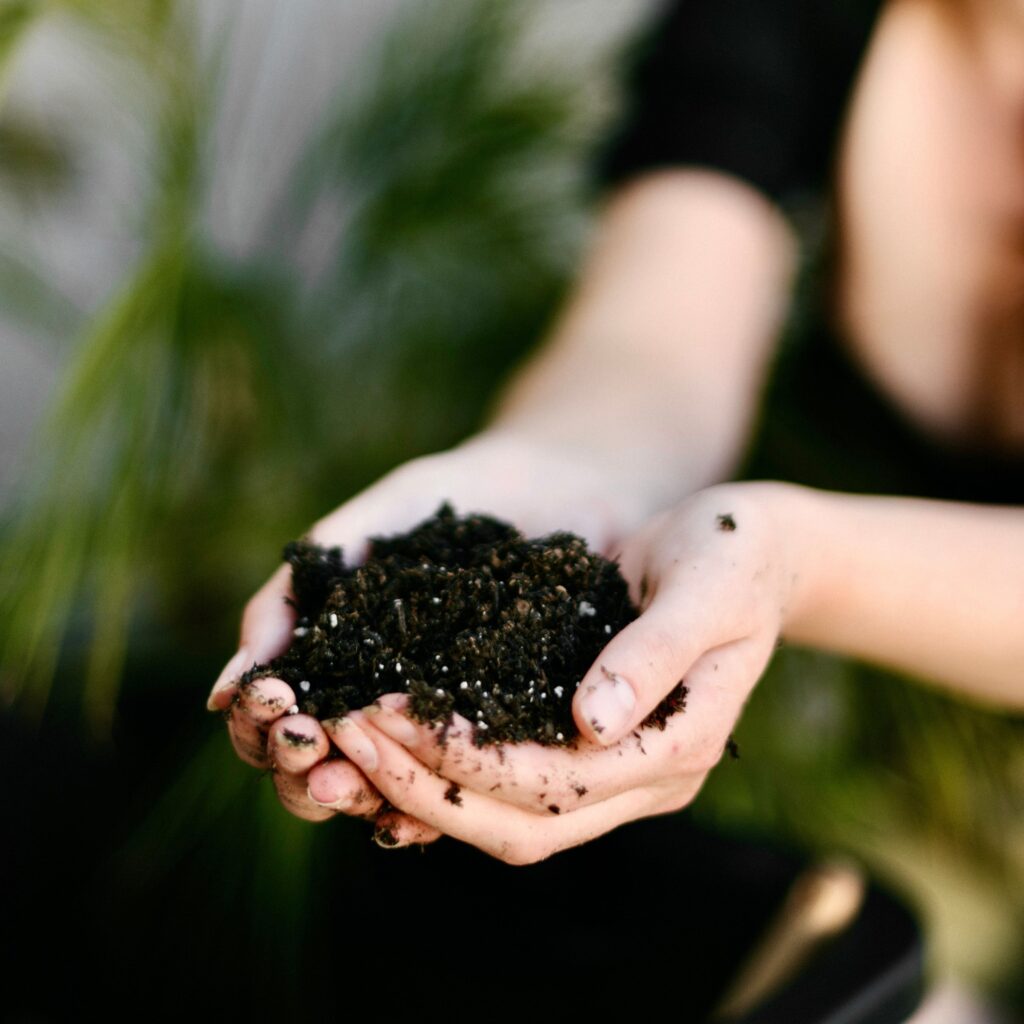

peat moss harvesting
One totally different enormous environmental impression of houseplants is the soil used of their pots. Typically occasions, houseplants will potential be planted in soil that features peat moss.
Peat moss prevents vegetation’ dietary nutritional vitamins from washing away all via waterings. It ought to most likely furthermore maintain plenty of occasions its weight in moisture, then launch that moisture into the plant’s roots when wished.
Nonetheless the problem lies in its harvesting, which requires the mounted disruption and overharvesting of peatlands.
Peatlands are wetlands that play an essential function for stopping and mitigating the outcomes of native local weather change, decreasing flood hazard, preserving biodiversity, and ensuring protected consuming water.
These wetlands are a very powerful pure terrestrial carbon sinks, which suggests they retailer additional carbon than all utterly totally different vegetation varieties on the earth mixed.
When peatlands are broken and harvested for peatmoss, this ends in a giant present of greenhouse gasoline emissions. In line with the IUCN, ~5% of worldwide greenhouse gasoline emissions from land use come from broken peatlands.
To extract the peatmoss, tractors scrape alongside the bottom of peat bogs, which releases CO2 as soon as extra into the ambiance.
Peatlands could catch fireplace, which they often do when harvested in dry circumstances. Burning peat is far more polluting than burning coal and will have extreme outcomes on human wellbeing.
This furthermore impacts wildlife too: The IUCN attributes the 60% decline of the Bornean orangutan inhabitants to the dearth of peat swamp habitat over a 60-year interval.
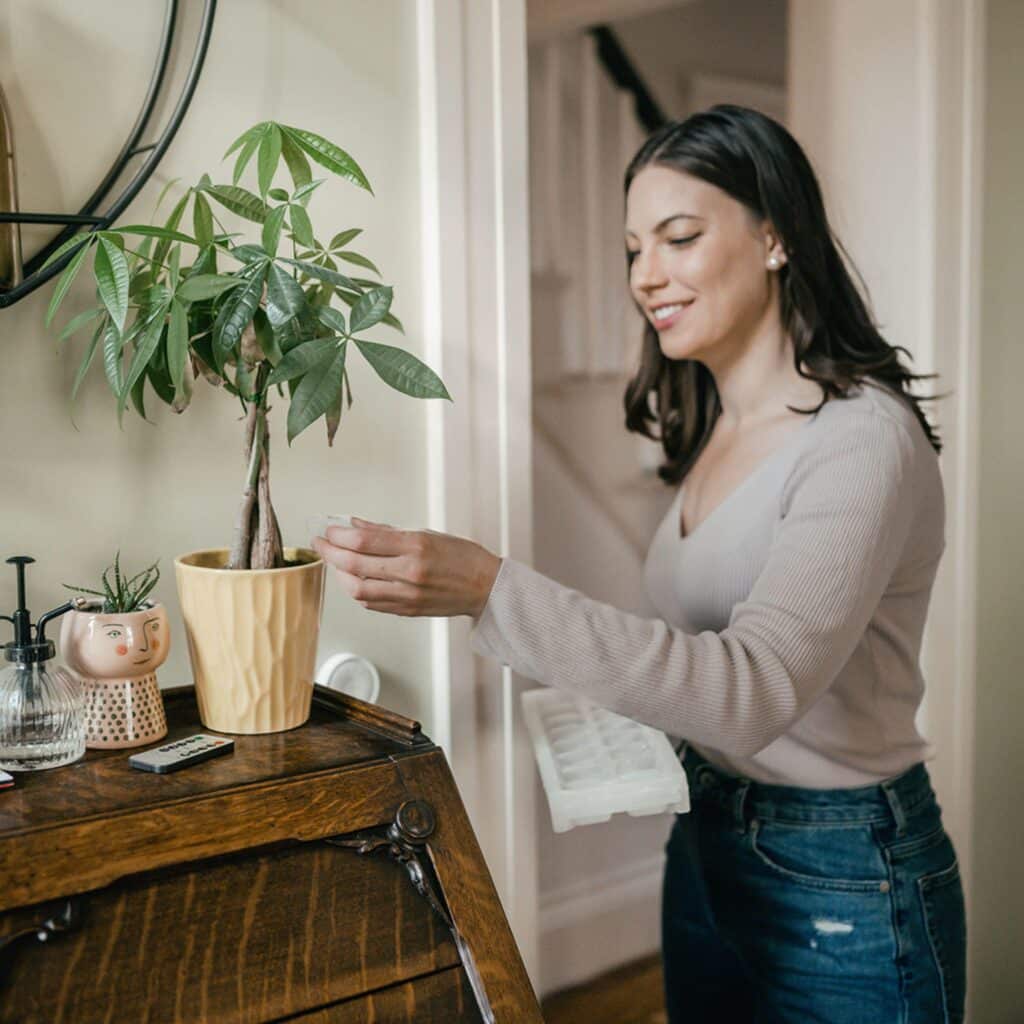

how do you develop houseplants sustainably?
Okay, so now that you simply simply’re aware of the issues, lets converse regarding the decisions!
You don’t need to toss out the houseplants you have already got every (that can doubtless be counterproductive).
Correct proper right here’s how one might make your houseplant dependancy barely bit additional sustainable.
purchase lots a lot much less vegetation
I do know this sounds apparent, nonetheless reigning in what number of houseplants you accumulate is the easiest method to make an enormous impact. Every little issue we devour has an environmental impression, so looking out for lots a lot much less is frequently the best choice.
propagate cuttings
Have some houseplants already? Or know somebody who does? Propagate some plant cuttings to develop a whole new plant. This trend, you don’t can purchase one factor new.
Use a small upcycled empty glass jar, like a spice container, to propagate your slicing. Merely fill it with some water, put your slicing inside it, and place it in a sunny location. If you see roots rising, it’s time to plant it in soil!
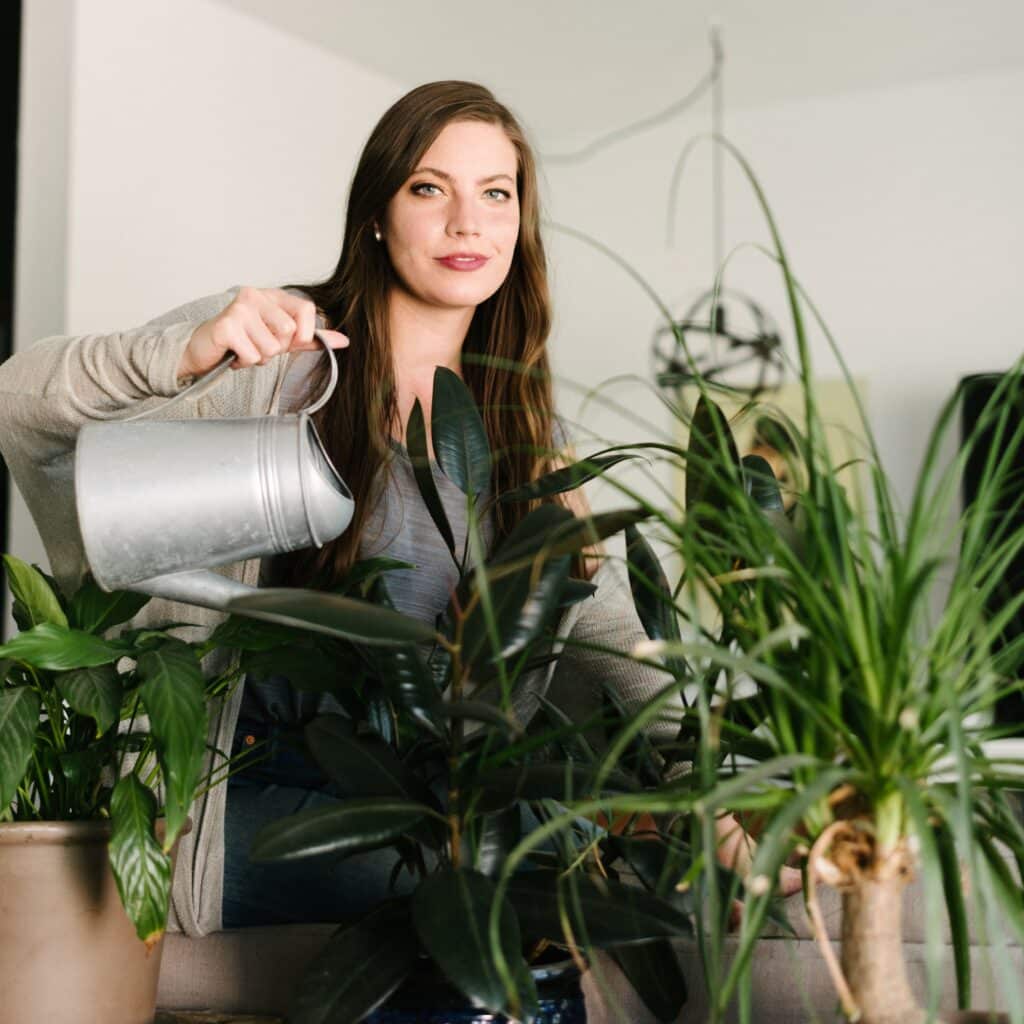

use sustainable potting soil
Peat-based soil is often utilized in houseplants. Nonetheless peatmoss bogs are very important carbon sinks which can be being overharvested, which is contributing to native local weather change.
As a replacement, look for peat-free soil, like Rosy Soil, which as a substitute makes use of biochar, compost, pine bark fines, mycorrhizae, pumice, and sand. There are often not any artificial parts of their soil mixtures. Their packaging is recyclable and comprised of plant-based parts.
It’s furthermore an unbelievable thought to begin shopping for to your houseplants from a clear and sustainable company like The Sill. All their vegetation are potted in pure potting soil that’s comprised of a mixture of worm castings, coir, compost, aged pine bark, and rice hulls. It’s completely peat-free.
Plus, The Sill provides upcycled develop pots as a substitute, they usually use carbon impartial provide on practically all their on-line orders.
You can too merely use compost you made your self! Correct proper right here’s the most suitable choice to compost in your yard.
RELATED: The exact choice to Assemble a DIY Compost Bin
For smaller areas, Lomi is an efficient different on account of it creates nutrient-rich Lomi Earth (aka pre-compost) which is wealthy in microbial cultures and pure matter. That is good to make the most of on vegetation of every kind to assist them flourish.
upcycle your plastic pots
It’s exhausting to keep away from plastic pots with houseplants. As a replacement of tossing them out, disinfect them and save them for varied gardening duties. You may even be succesful to return them to the nursery to allow them to be reused. Or test and see in case your native of us yard has any want of them.
get native vegetation
Search for native plant swaps or yard golf instruments in your home. They’re often organized on-line, by social media, or by libraries. Completely totally different gardeners are usually glad to present you cuttings of their very private vegetation and will instruct you on methods to assist them thrive.
Do you have acquired a plant dependancy too? Will you be making an attempt out any of the following concepts? Let me know contained in the ideas beneath.
[ad_2]
Present hyperlink
